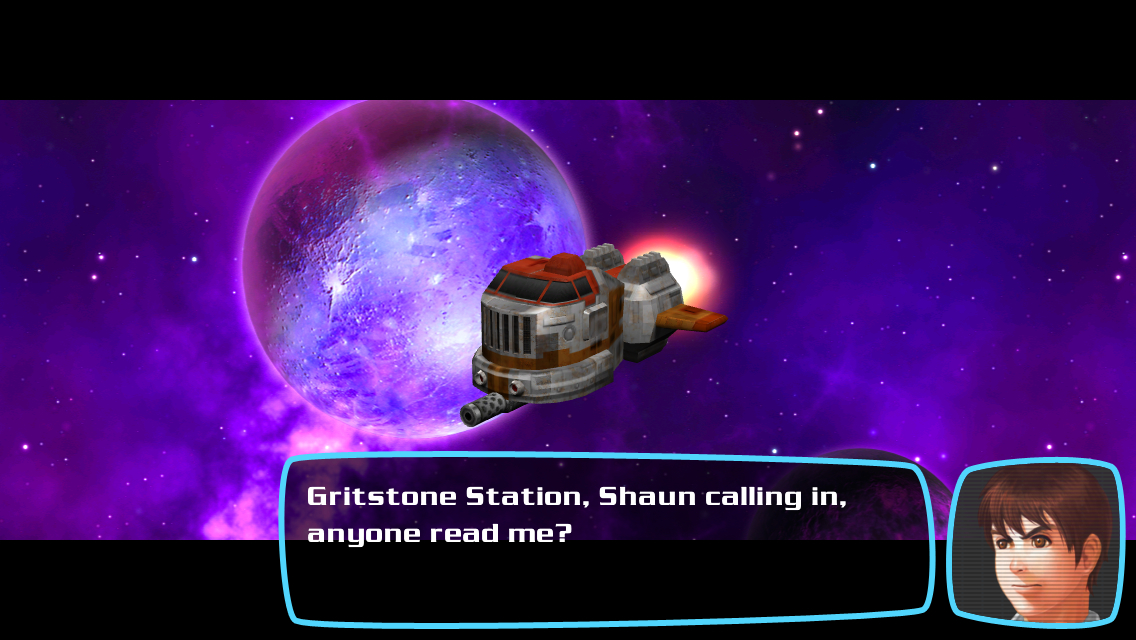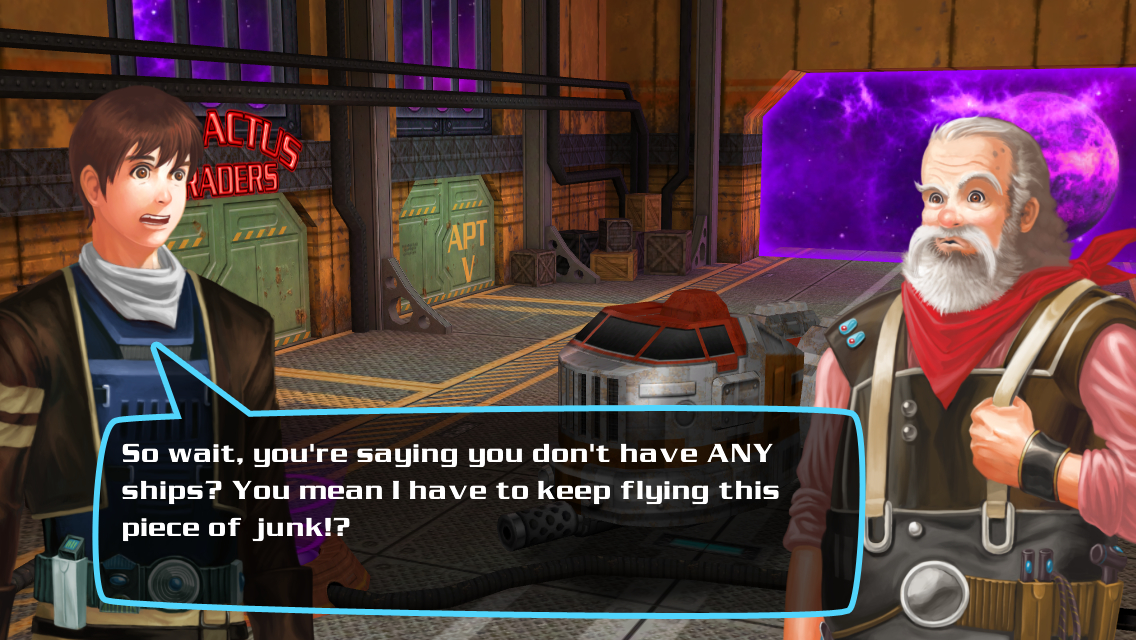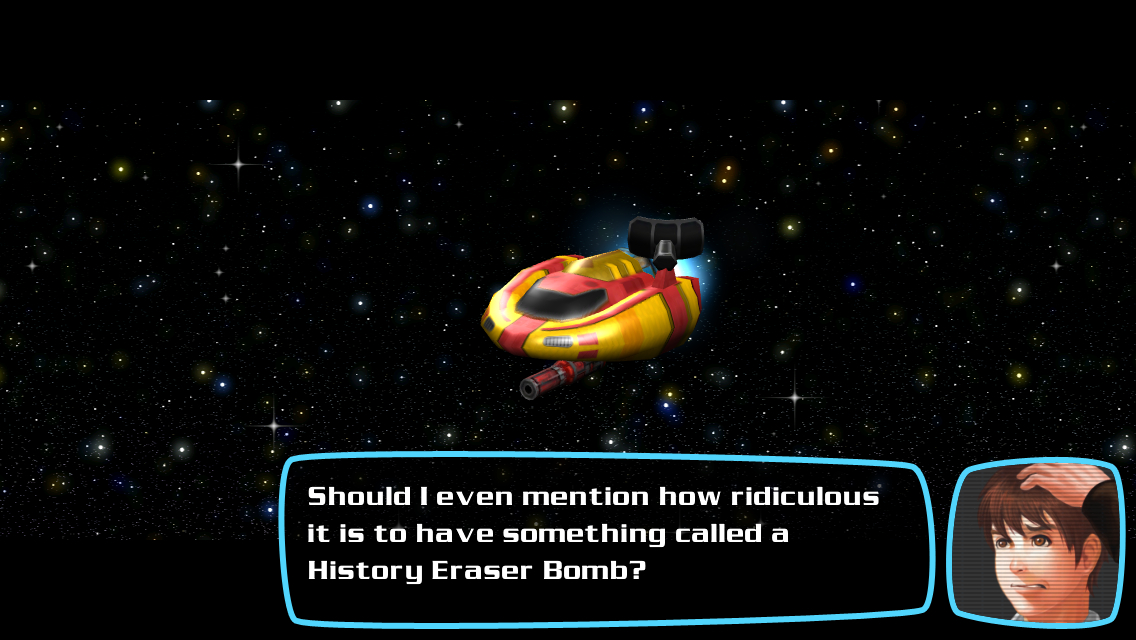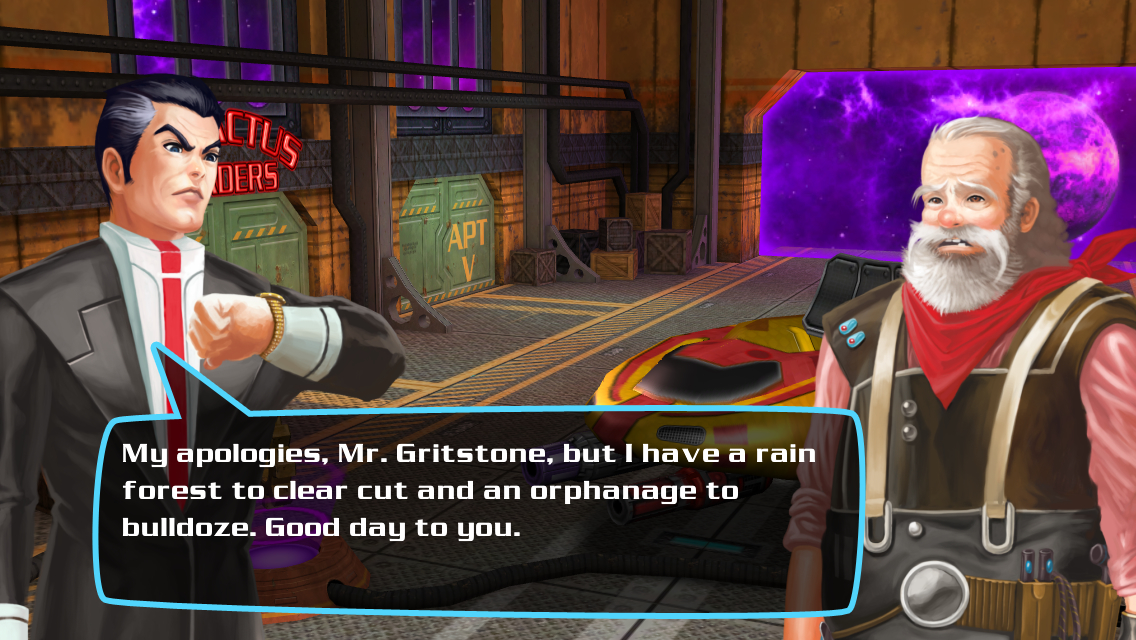 Hello, gentle readers, and welcome to another special Classic Reload, a semi-random feature where we take a look at a classic game from the App Store’s past. Yes, it’s been a couple of months since the last one, and I do apologize for that, but I hope to get on at least a monthly schedule from here on out. Anyway, for those who didn’t read the last column or don’t remember, the Classic Reload is a feature dedicated to digging out some iOS treasures that may not be getting much attention anymore. It’s a chance to see how old favorites are holding up nowadays and take a deeper dive than we may have in past coverage. If you have suggestions for games to feature in the future, make sure you let me know by commenting below.
Hello, gentle readers, and welcome to another special Classic Reload, a semi-random feature where we take a look at a classic game from the App Store’s past. Yes, it’s been a couple of months since the last one, and I do apologize for that, but I hope to get on at least a monthly schedule from here on out. Anyway, for those who didn’t read the last column or don’t remember, the Classic Reload is a feature dedicated to digging out some iOS treasures that may not be getting much attention anymore. It’s a chance to see how old favorites are holding up nowadays and take a deeper dive than we may have in past coverage. If you have suggestions for games to feature in the future, make sure you let me know by commenting below.

This time around, the game we’re looking at is Space Miner: Platinum Edition (Free), the shiny, modern version of the recipient of TouchArcade’s 2010 iPhone Game Of The Year award. Developed by Venan Entertainment, it’s an incredibly compelling evolution of the Asteroids style of shoot-em-up. It features the great action and oddly soothing satisfaction found in the moment-to-moment gameplay of Asteroids, but with a huge set of overarching goals that come from exploring the galaxy and upgrading your ship. This gives a fantastic one-two punch of being great when you have a few minutes to burn and even better when you have a few hours. Some might say the ship upgrade component of the game should have this eligible for an RPG Reload column, and I honestly can’t say how hard I’d argue against that.
Founded in 2002 in Middletown, Conneticut by a couple of friends, Venan Entertainment spent their early years making J2ME and BREW games for feature phones. They were primarily known for their Super Putt series of isometric mini-golf games, but they also released a number of games based on licensed properties such as South Park and Crank Yankers. They also developed mobile versions of major console games like True Crime: New York City and NBA Live. Venan’s connection with Electronic Arts eventually brought them to iOS in 2008, where they developed the various Monopoly ports published by EA. In the same year, they developed an original title for the Nintendo DS called Ninjatown, a somewhat under-appreciated tower defense game. Venan would only develop one further game on the DS, a port of Monopoly, before turning their entire focus onto smartphones.

Besides the Monopoly ports, Venan also developed the first version of NBA Live on iOS, which released in 2009. Early in 2010, SEGA published the Venan-developed Sonic At The Olympic Winter Games just before Venan’s first self-published iOS game hit the App Store. That game was Space Miner: Space Ore Bust, and it released on February 5th, 2010. The game received numerous accolades, including a five-star review from our very own Blake Patterson, and was pretty much an immediate hit. Several months later, Venan released a simplified free version of the game called Space Miner Blast (Free) that ran on ad support and IAPs. It went over like a lead balloon, though, and was changed to a paid app the following year. A couple of months ago, the latest game in the series, Space Miner Wars, soft launched in a few territories. Venan has released other games since Space Miner‘s release, but none have had quite the same impact, as near as I can tell.
The basic premise of the game has you joining your eccentric uncle’s space mining company to help bail him out after he makes a couple of bad business decisions and ends up indebted to an big corporation looking to take over his fields. You’ve only got the bare minimum rank license to mine with, restricting the areas in which you can work. Worse, your only ship is a hunk of junk that is barely adequate for the job. The only thing for it is to head out and mine the fields. The cash you earn can upgrade your ship, and doing the job gives you credit towards your next rank on your license. You’ll also find beacons out in the field that will point to new sectors to mine, and wrecked ships that can be salvaged for parts. As you raise your license rank and open new areas, the story will progress, sometimes presenting special encounters like boss fights and rescue missions.

You know how to mine, don’t you? You just point your guns at asteroids and blow them up. Some will release minerals, others will simply disappear. Larger asteroids will break into smaller ones, which can then be shot for their delicious minerals. A handy grabber device will snake out of your ship to collect nearby materials, but it doesn’t move quite as quickly as your thrusters do most of the time, so you’ll have to slow down to actually get the goods. Eventually, your hold will be full, or the field will be empty, and it’s back home you go to cash in and power-up. No sooner than you’ve got the hang of that, the big corporation will start sending their mining bots out on the field to compete with you. Turns out they blow up nicely too, and will sometimes leave spare parts behind that you can collect money for. Sometimes you’ll have a timer or a specific goal to complete, but most of the game is tied up in the simple process of going out, blasting some space stuff, filling your hold, and heading home.
It’s certainly enough to keep you going on its own for a while, but what really props it all up is the ability to upgrade your ship piece by piece. You spend most of the game never quite having enough to buy the best of everything at any given moment, but every type of equipment is useful to your mining operations in some way and has a noticeable effect on how your ship handles. That leaves it to the player to prioritize the enhancements they feel are most valuable, which hopefully leads to ships built according to each person’s play style. That’s something a lot of games with upgrade systems make a mistake with, I feel. If players have enough money to buy everything, buying gear becomes a choice in name only, and every player ends up with the same load-out. In Space Miner, I imagine each person’s ship is going to be slightly different from others for most of the game.

Critically, no matter which upgrades you’ve bought, your ship always feels good to control. You can toggle your guns on and off at the tap of a button, leaving you to focus on navigating your ship. How well it handles depends on how you’ve upgraded it, but it always has a nice bit of weight to it that makes it feel like you’re steering the thing rather than moving a cursor around on a screen. The catcher beam is a pretty clever addition, because it forces the player to slow down or make some interesting turns at times to allow their treasure to catch up to them. There’s a bit of technique to mastering the controls, in other words, making for a rewarding learning process. By the time you’ve reached the first real test of your maneuvering skills, you should be well-trained to dodge and use your momentum to your advantage in order to keep out of harm’s way.
If all of that isn’t enough, Space Miner also has a pretty cute, and occasionally funny, story connecting everything. It’s relatively unobtrusive, only coming up after you’ve cleared certain milestones, so you don’t have to worry about having to sift through dialogue after every run. When it does appear, it’s usually pretty quick, and it does a great job of riding the line of being funny without being farcical. Well, most of the time, anyway. Its tone isn’t terribly far off from a Saturday morning cartoon from the late 1980s, if that’s a reference that means anything to you. Your mileage may vary, but I appreciated the lighthearted attempts to break up the routine now and then, especially when they provided some context for a special mission of some sort.

That perhaps points to what makes Space Miner such a great game. It has pacing as near to perfect as any game I’ve seen. The action comes in small, enjoyable bursts, alternating between a core routine and occasional special missions that force you to play a little differently. You’re almost always just around the corner from a new upgrade, which makes it even easier and more enjoyable to go out and collect more ore. The game keeps track of which stages you’ve cleared completely, giving you a clear signal when you have done so, and it’s hard to imagine anyone moving on without checking off the whole list for each area. Your goals are always clear and your progress on completing them is communicated directly. The story glues things together without being overbearing, and the way the upgrades and even the overall map itself unfolds gives players just the right amount of agency without paralyzing them with heavy choices. Assuming we accept the premise that the little things count, Space Miner is a shining example of how paying attention to them can result in an incredibly appealing game.
Venan has done an excellent job as far as post-release support goes, too. The game received several updates following its release, a few with significant content like a new difficulty setting that gives you but one life to live. When the iPad released, a separate version of Space Miner was released for it. When the Retina display came to iPhones, the app was updated with support for the new screens. The game received what appeared to be its final update in late 2011. When iOS 8 caused some compatibility problems, Venan not only stepped up to the plate to fix Space Miner and make it work with a variety of screen sizes, they actually went all out on the update and added a bunch of new content to the game. That update came in February of this year, a half-decade after the app’s release. They also took the opportunity to settle the lack of a universal build, promoting the iPhone version to universal status and indicating that the iPad version will be removed from sale at some point in the future. Not wanting anyone to be left out of the new updates, however, the developer pushed the new content and features to both versions.
Space Miner is just as fun to play now as it was when it came out, and thanks in no small part to the big update it received earlier this year, it doesn’t show its age at all. It’s enjoyable enough to replay, and if you haven’t played this gem already, you’re in for quite the treat. Space Miner is a powerful testament to the idea that a game can be designed for a pick-up-and-play mobile experience without sacrificing depth and long-term enjoyment for those who like to settle in for a few hours. And if you start playing Space Miner, you’d best be prepared to lose a few hours. You really can’t stop playing until you finish off that sector, buy that one part, top off the next rank of your license, and… well, you get the picture. That’s just how it goes in the old mining business, friends.
That’s just my take on Space Miner, though. What do you think about the game? I want to know your thoughts, so make sure to leave a comment below. Also, as I said at the start of the article, I’m definitely open to suggestions on future Classic Reloads. As for me, I’ll be back in a couple of days with the next part of the History Of Handheld RPGs in the RPG Reload, and will return with another Classic Reload in an undefined amount of time. Sooner than last time, anyway! As always, thanks for reading.